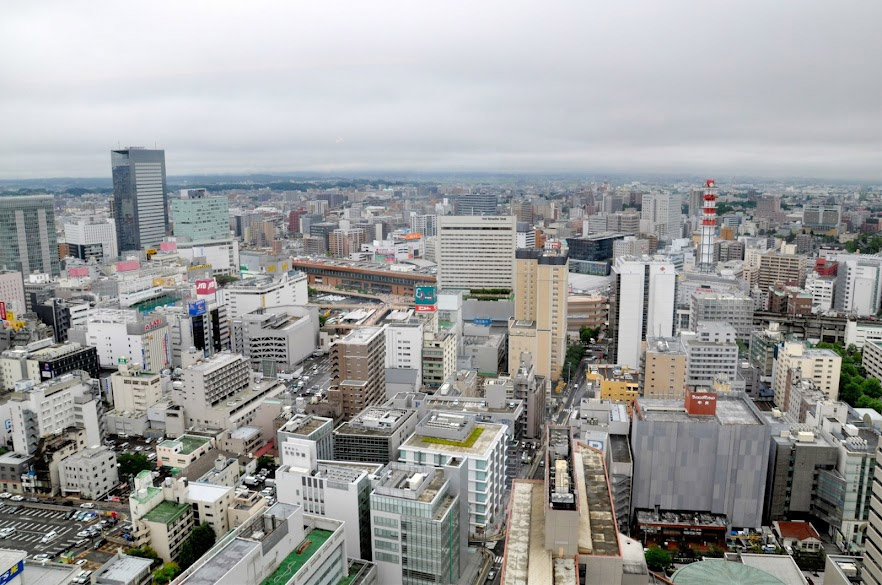April 18, 2024 10:09 (IST)

Ban pushes for 2015 global agreement on disaster risk
New York, Apr 17 (IBNS): Disaster risk reduction and climate change are closely linked, United Nations Secretary-General Ban Ki-moon on Wednesday stressed, reiterating to the world community his key priorities through the next year as preparations continue for the 2015 world conference on reducing risk from natural disasters.
“The aim is simple: to leave a more resilient world to future generations,” Ban told high-level representatives of Member States attending a briefing on the Third World Conference on Disaster Risk Reduction to be held next year in the Japanese city of Sendai.
The main item on that agenda is agreement on a new post-2015 global framework for disaster risk reduction which will succeed the current Hyogo Framework for Action created in the aftermath of the Indian Ocean tsunami.
In 2005, 168 countries endorsed the Hyogo Framework, under which they agreed to achieve by 2015 the substantial reduction of disaster losses, in lives and in the social, economic and environmental assets of communities and countries.
The 10-year plan “gave the world a common approach,” Ban said, leading to strides in monitoring risks, enhancing preparedness and improving early warning.
With the 2015 deadline approaching, calls for a new disaster management blueprint have been gaining traction.
In his remarks on Wednesday, Ban called the agenda “an ambitious vision” and stressed that the new framework which participants will create should be based on “evidence, experience and aspirations.”
He noted that the three major UN goals for the year 2015 – meeting the anti-poverty goals known as the Millennium Development Goals (MDGs), shaping a development agenda to build on their progress, and paving the way for a climate change agreement – are “closely tied” to the global disaster risk reduction framework.
“To achieve this, we must factor disaster risk into our broader discussions of the post-2015 agenda for sustainable development,” he noted, in reference to ongoing consultations which have been a priority for the UN General Assembly this year.
The next major UN-related events are due in September when Ban will convene a Climate Summit in New York to mobilize political will for next year’s climate agreement talks, and the UN Conference on Small Island Developing States which is to be held in Apia, Samoa.
“When we address the needs of small island developing States, we can drive progress around the world,” the top UN official said.
UN Member States agreed two years ago to support the 51 highly vulnerable small island developing States (SIDS) – a group that was politically recognized at the Rio Earth Summit in 1992, underscored at a major international conference in Barbados in 1994 and again at a follow-up meeting in Mauritius in 2005.
The group of States share similar sustainable development challenges, including small but growing populations, limited resources, remoteness, susceptibility to natural disasters, vulnerability to external shocks, excessive dependence on international trade, and fragile environments.
The events in New York and Samoa will take place during the same month that the UN General Assembly will devote its annual high-level segment to deliberations on the sustainable development agenda beyond 2015, the deadline for the MDGs.
Ban also spoke personally about stories of survival he heard following Cyclone Nargis in Myanmar, earthquakes in China and Haiti, the nuclear disaster in Japan, flooding across Pakistan and the current rehabilitation in the Philippines after Typhoon Haiyan.
Also attending Wednesday’s event is the head of the UN International Strategy for Disaster Reduction (UNISDR), Margareta Wahlström, who is also Ban’s Special Representative for Disaster Risk Reduction.
She is among the top UN officials active in preparations for the event in Sendai.
Over 8,000 people are expected to attend the world conference, including senior government officials, academics, civil society representatives and the private sector.
Sendai was chosen as a host city for the summit given the earthquake and tsunami which killed more than 15,000 people there in March 2011 and resulted in damages that were among the costliest in natural disasters throughout history.
(Sendai, Japan, which will host the Third World Conference on Disaster Risk Reduction in 2015. Photo: UNISDR)
Support Our Journalism
We cannot do without you.. your contribution supports unbiased journalism
IBNS is not driven by any ism- not wokeism, not racism, not skewed secularism, not hyper right-wing or left liberal ideals, nor by any hardline religious beliefs or hyper nationalism. We want to serve you good old objective news, as they are. We do not judge or preach. We let people decide for themselves. We only try to present factual and well-sourced news.
Support objective journalism for a small contribution.
Latest Headlines
TikTok's separation from parent ByteDance superficial; sent US users' private data every 14 days to China: Report Thu, Apr 18 2024
Pakistan bans X over alleged 'misuse' Wed, Apr 17 2024
Hike in petrol price challenged in Pakistani court Wed, Apr 17 2024
Fire partially destroys old stock exchange building in Denmark Wed, Apr 17 2024
Twenty-one die due to rain-related incidents in Pakistan's KP Wed, Apr 17 2024







